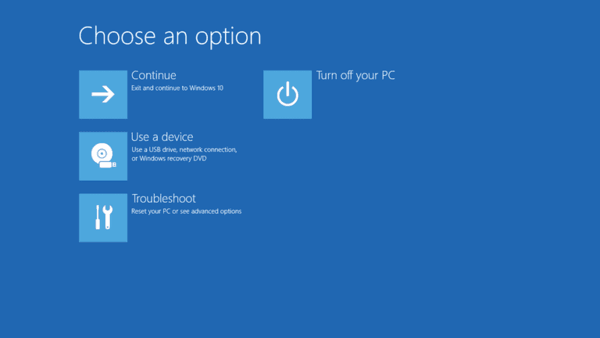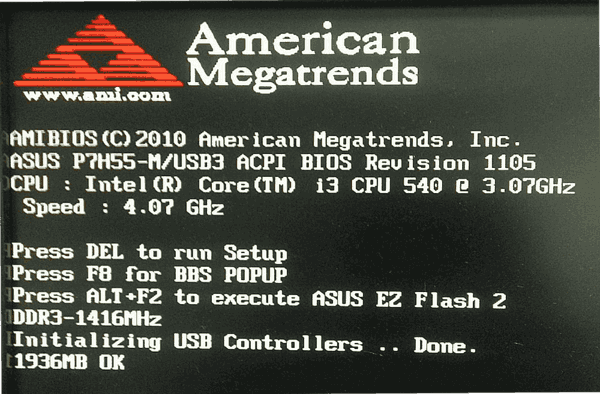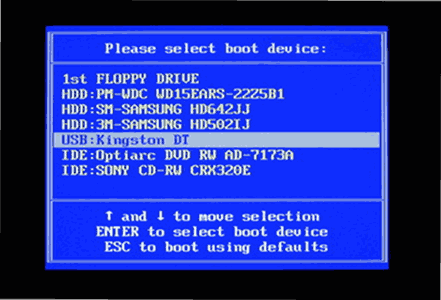The days of burning operating system ISO images to a disc are long gone. Today, most PCs can boot from USB so it's just easier to update and more convenient to install Windows from a USB flash drive. If you do not have an optical drive for reading DVDs or Blu-Rays in your PC but have a bootable USB drive, you may be interested in learning how to start your computer using that drive. There are a number of methods you can use.
Advertisеment
There are a number of methods you can use in Windows 10 to start your PC from a USB drive. They can vary depending on your hardware and software. Modern computers allows you to select a bootable device at the startup (BIOS stage). UEFI firmware environments with Fast and Ultra Fast boot options often do not allow selecting a boot device. They provide a special option in advanced startup options instead.
To boot from a USB drive in Windows 10, do the following.
- Plug your bootable USB drive to your computer.
- Open the Advanced Startup Options screen.
- Click on the item Use a device.

- Click on the USB drive that you want to use to boot from.
The computer will restart and start from the selected USB device.
Note: If you don't have such an item on the Advanced Startup Options screen, this means it is not supported by your hardware, or you have the Fast/Ultra Fast boot option enabled in UEFI.
In this case, the option you should choose in the UEFI BIOS screen should be the one to boot your PC from an external USB boot device.
Boot from a USB drive at PC startup
- Shutdown your PC or laptop.
- Connect your USB drive.
- Start your PC.
- If prompted, press a special key, e.g. F8.

- In the boot menu, select your USB drive and continue.

Tip: Refer to your laptop or motherboard manual to learn which key you need to press if your motherboard firmware shows no hint. The most common keys are F8 (ASUS), F11, and F12 (Acer) or Escape. You can try them if you have no user manual around.
If you need to create a Bootable USB drive, refer to the following articles:
- How to install Windows 10 from a bootable USB stick
- How to create a bootable UEFI USB drive with Windows 10 Setup
- Create Windows 10 Bootable USB Stick With PowerShell
That's it.
Support us
Winaero greatly relies on your support. You can help the site keep bringing you interesting and useful content and software by using these options:

I found multiple similar blogs but somehow wasn’t able to follow the steps properly, your explanation helped me realize what step I was missing to move forward… thank you so much for this blog post, really helped me save hours.